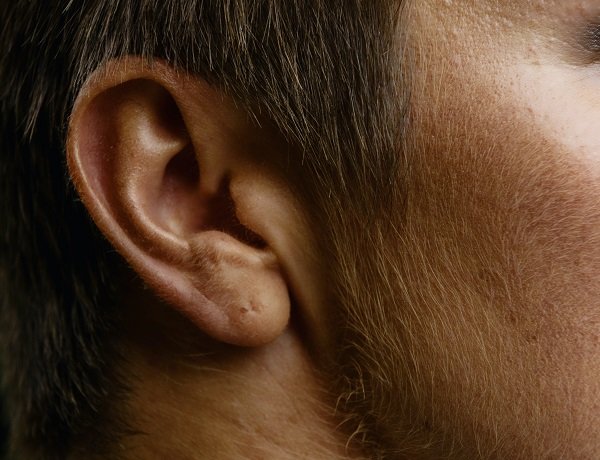Monitoring mental health may become as easy as cleaning your ears. New technology can analyze earwax for cortisol. Cortisol is a stress hormone.
Higher cortisol levels are a sign of distress and are associated with depression and anxiety.
Cortisol is released in stressful situations.

Have you ever felt that fight or flight feeling when you were scared? That is cortisol in action. The purpose is to give is a short-term boost to handle life-threatening stressors.
Fortunately, we rarely face such high-stress situations. But that doesn’t mean cortisol has stopped flowing. Nowadays, we can have cortisol released for relatively mundane reasons.
A pending due date is not the same as facing a lion that is about to eat you.

Unfortunately, your body does not always understand such subtleties. This can make our body feel like it is always under attack, which can cause health problems. Cortisol is meant for short-term use to survive a stressful event.
When our stress alarm is ringing all the time, several bodily processes are disrupted .
Abnormal cortisol can also indicate other conditions.

People with Cushing’s disease (high cortisol) or Addison disease (low cortisol) have abnormal cortisol levels.
Thus, testing cortisol levels can give medical practitioners insight into many aspects of our health. Traditionally, cortisol has been difficult to measure.
Cortisol can be measured in several ways.

Saliva, blood, and hair all contain cortisol. But each collection method is not perfect. Cortisol changes throughout the day and blood and saliva samples just give a snapshot of the levels at the time of the test.
This can be a problem if someone is scared of needles; the fear increases their cortisol. Hair shows the level of cortisol over a month, but it is expensive to test.
Earwax records cortisol levels over weeks.

Earwax is also stable and can be shipped to laboratories easily. But it used to be difficult to collect. Previously, syringes flushed the earwax out, which could be stressful or painful.
This new technology is more like a q-tip. A sponge at the end of a swab collects the wax. But don’t worry, a shield prevents people from excavating too deeply.
The new method will make it easier to analyze earwax.

Dr Andres Herane-Vives, the lead researcher, said :
“After this successful pilot study, if our device holds up to further scrutiny in larger trials, we hope to transform diagnostics and care for millions of people with depression or cortisol-related conditions such as Addison’s disease and Cushing syndrome, and potentially numerous other conditions.”
h/t: Live Science

















































